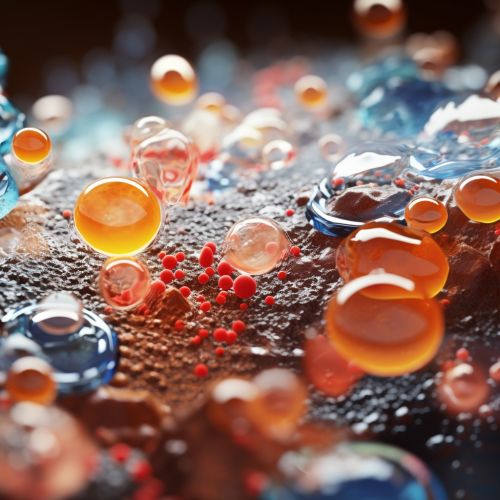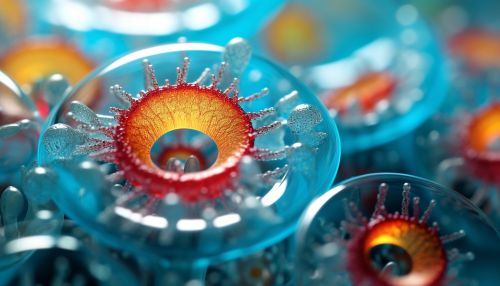Mechanisms of Microbial Biopolymer Production
Introduction
Microbial biopolymers are a diverse group of biopolymers produced by microorganisms. They play a crucial role in various industrial applications due to their unique properties such as biodegradability, biocompatibility, and sustainability. The mechanisms of microbial biopolymer production involve complex biochemical pathways and regulatory networks.


Types of Microbial Biopolymers
Microbial biopolymers can be broadly classified into three categories: polysaccharides, polyamides, and polyesters.
Polysaccharides
Polysaccharides are long-chain carbohydrates composed of monosaccharide units. Examples of microbial polysaccharides include xanthan gum, gellan gum, and dextran.
Polyamides
Polyamides are polymers containing amide bonds. An example of a microbial polyamide is polyhydroxyalkanoates (PHA), a family of biodegradable plastics.
Polyesters
Polyesters are polymers formed by esterification reaction between carboxylic acids and alcohols. An example of a microbial polyester is poly(lactic acid) (PLA), a biodegradable plastic used in packaging materials.
Mechanisms of Biopolymer Production
The mechanisms of microbial biopolymer production involve various biochemical pathways and regulatory networks.
Biosynthesis of Polysaccharides
The biosynthesis of microbial polysaccharides involves the formation of repeating units, polymerization, and export.
Biosynthesis of Polyamides
The biosynthesis of microbial polyamides involves the formation of monomers, polymerization, and granule formation.
Biosynthesis of Polyesters
The biosynthesis of microbial polyesters involves the formation of monomers, polymerization, and granule formation.
Factors Influencing Biopolymer Production
Several factors influence the production of microbial biopolymers, including nutrient availability, environmental conditions, and genetic factors.
Nutrient Availability
The availability of nutrients, particularly carbon and nitrogen sources, significantly influences biopolymer production.
Environmental Conditions
Environmental conditions such as temperature, pH, and oxygen levels can influence biopolymer production.
Genetic Factors
Genetic factors such as gene expression and regulatory mechanisms also play a crucial role in biopolymer production.
Applications of Microbial Biopolymers
Microbial biopolymers have a wide range of applications in various industries, including food, pharmaceutical, medical, and environmental industries.
Food Industry
In the food industry, microbial biopolymers are used as thickeners, stabilizers, and emulsifiers.
Pharmaceutical Industry
In the pharmaceutical industry, microbial biopolymers are used in drug delivery systems and tissue engineering.
Medical Industry
In the medical industry, microbial biopolymers are used in wound dressings and surgical sutures.
Environmental Industry
In the environmental industry, microbial biopolymers are used in bioremediation and waste management.
